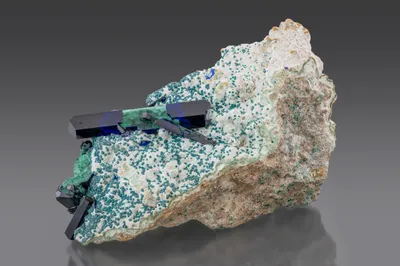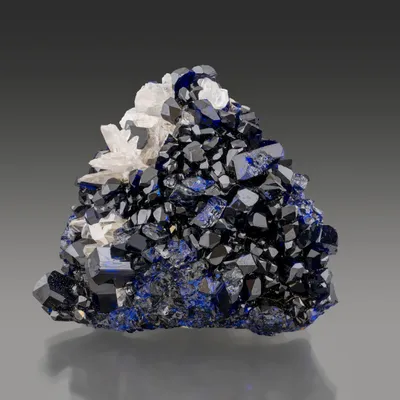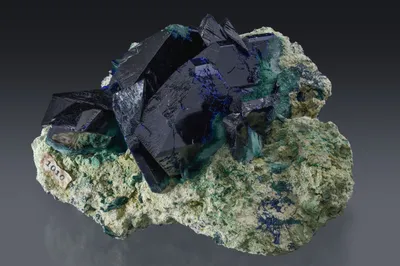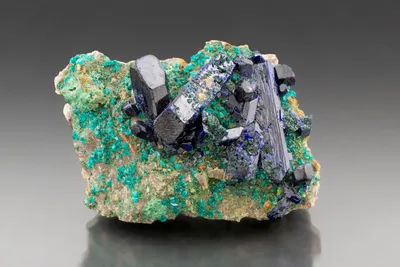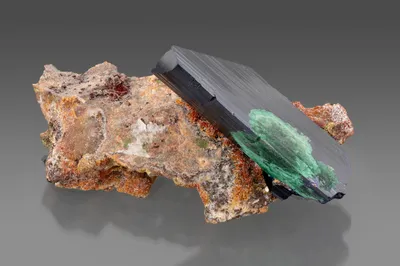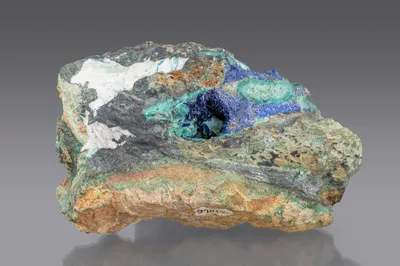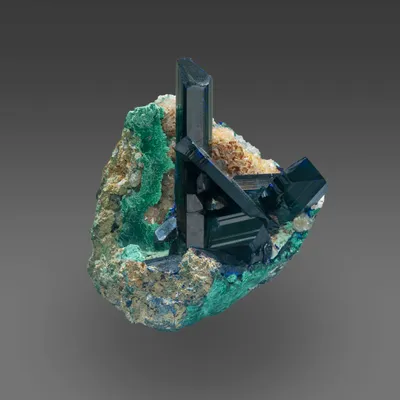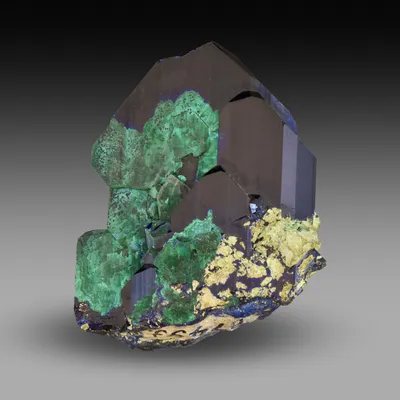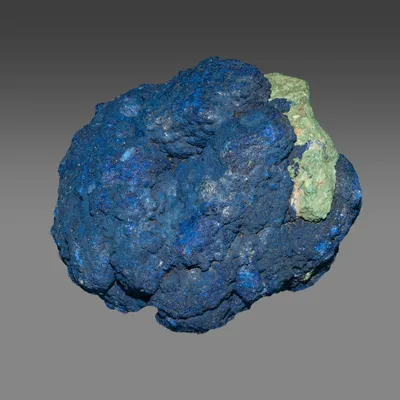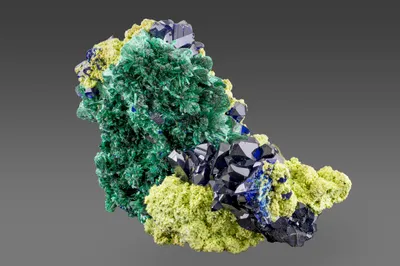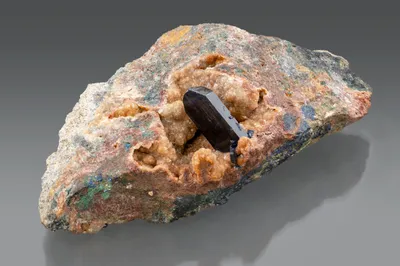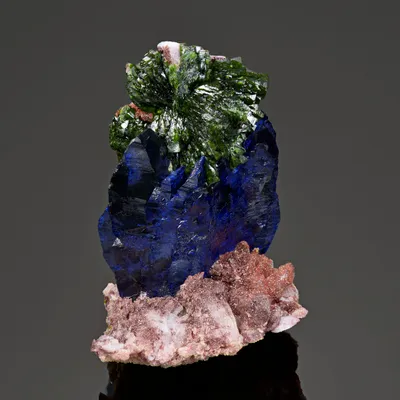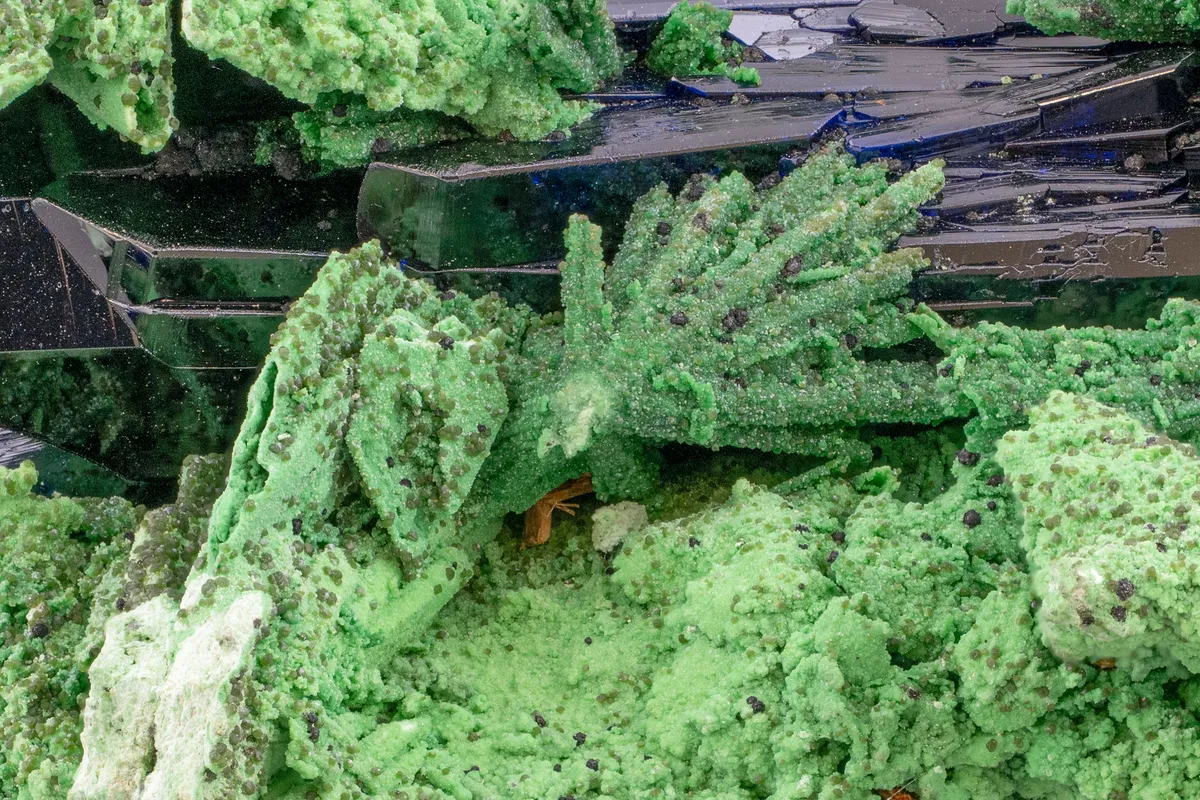
Image Credit: Malcolm Southwood

Image Credit: Malcolm Southwood
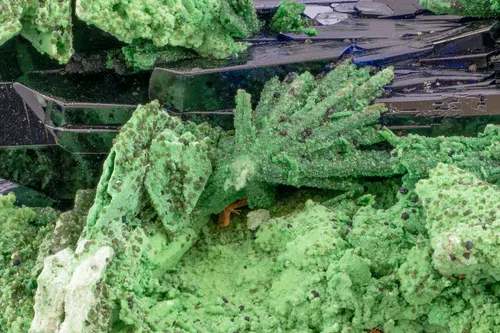
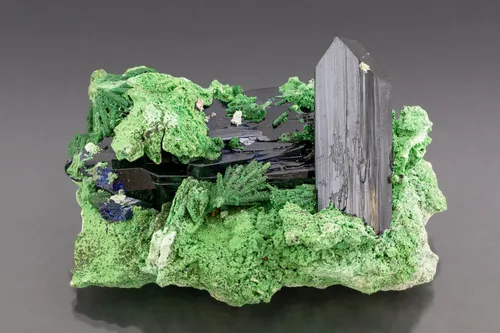
Specimen Title
Azurite (w. bayldonite after mimetite)
Associated Minerals
arsentsumebite; bayldonite; goethite; smithsonite
Principal Mineral
Size
Cabinet; 64mm
Location in the Mine
First oxidation zone
Provenance
Palache, C.
Collection
MGMH; 87481
Entry Number
Specimen; TSNB680
Associated Minerals
arsentsumebite; bayldonite; goethite; smithsonite
Description
A porous matrix of earthy green Cu and Pb arsenate minerals hosts brecciated fragments of arsenate pseudomorphs and epimorphs after mimetite and azurite (?) between which pristine crystals of lustrous blue-black azurite (to 45 mm) have subsequently formed.
Arsenate replacements of both single elongated mimetite crystals (to 10 mm) and radiating fans of mimetite crystals (to 12 mm) are present (Exhibit 2). SEM/EDS analysis (Martin Števko; Slovak Academy of Sciences, Bratislava, Slovakia) shows that bayldonite is the main mineral replacing the mimetite with a narrow compositional range, supplemented by sparse arsentsumebite. Brecciated arsenate epimorphs after composite tabular crystals (to 15 mm) are also present; the precursor mineral for which may be an earlier generation of azurite (?).
All the arsenate pseudomorphs are encrusted to various degrees my sub-mm rhombohedral crystals of smithsonite (?) and sparse grey spherules of blackish-grey goethite (?). The composition and overall form of the specimen is indicative of a complex history of crystallisation, alteration, dissolution and brecciation.
The specimen is from the collection purchased by Charles Palache during his visit to Tsumeb in April 1922, which dates it to the upper part of the first oxidation zone (i.e. 8 Level or above).
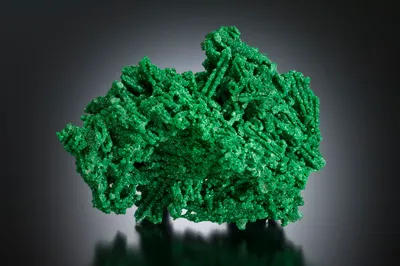
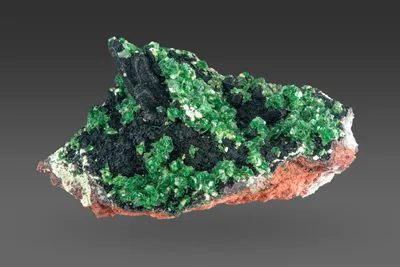
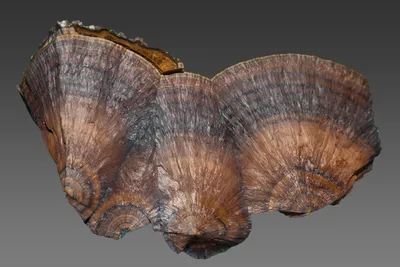
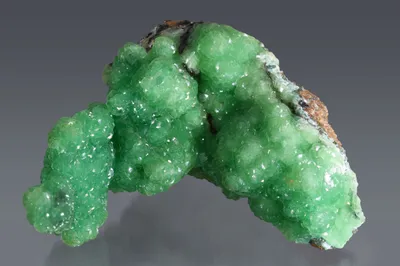
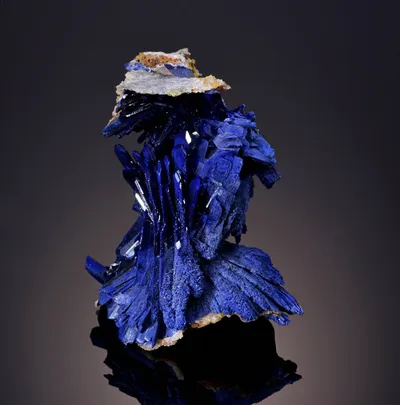
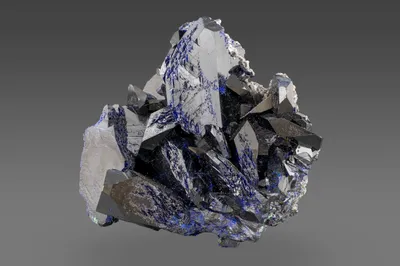
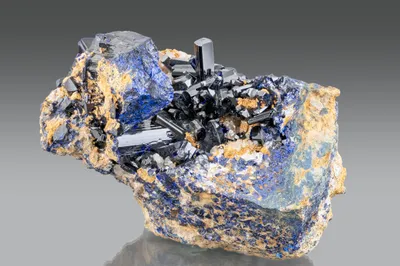
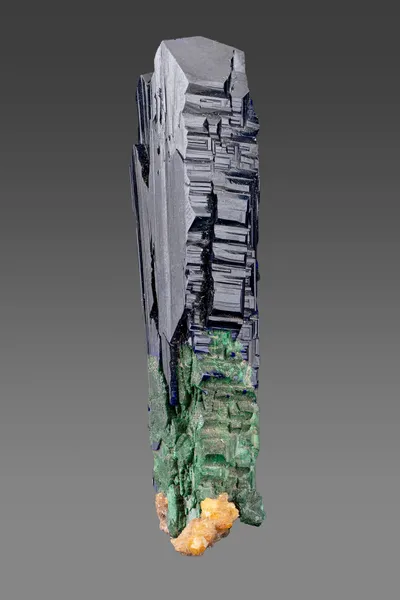
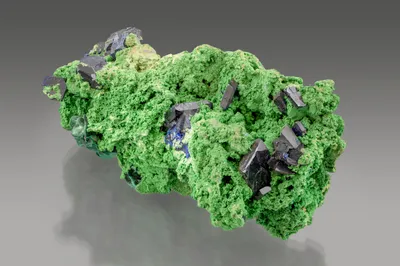
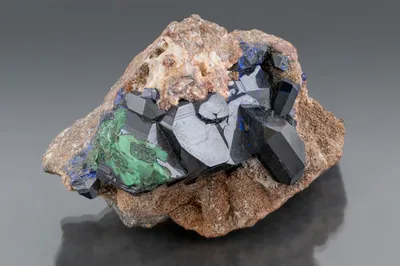
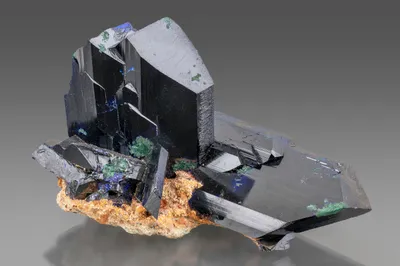
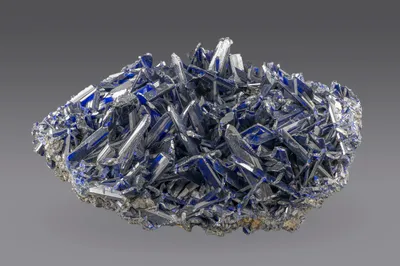

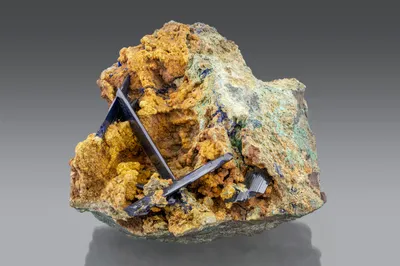

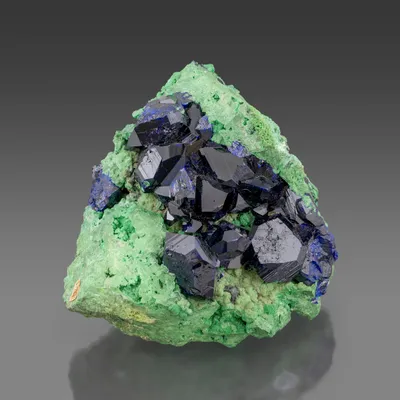
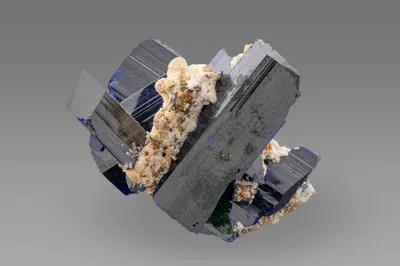
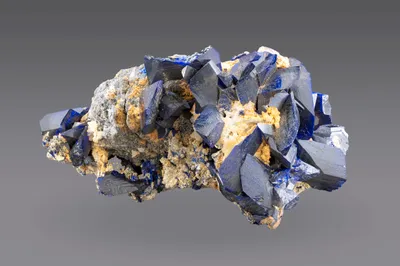
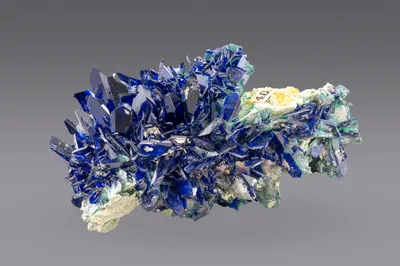
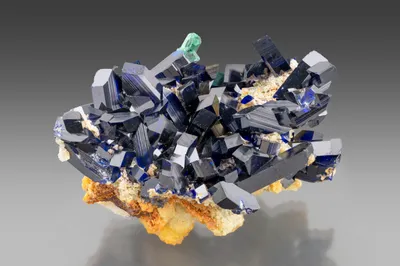
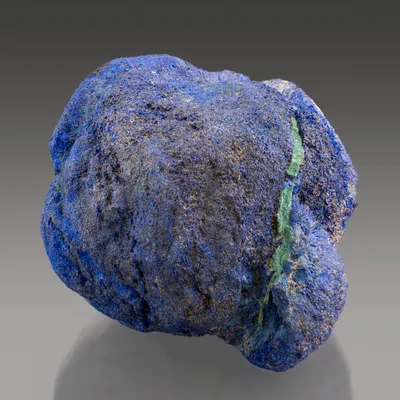
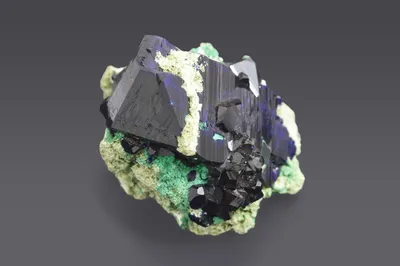
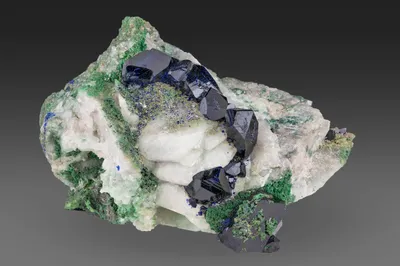
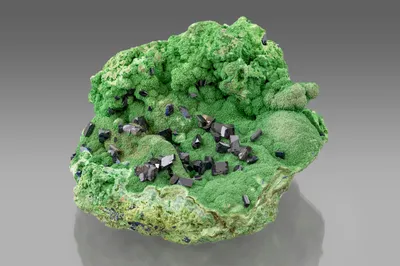
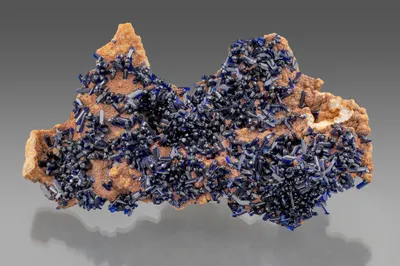
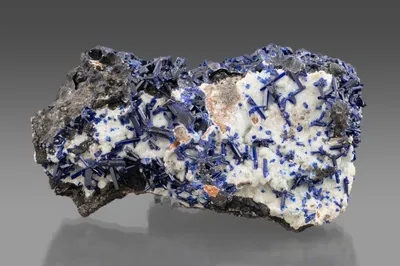
on_Smirthsonite_88mm_Southwood.CN3WXUeN_Z1ChNF9.webp)

